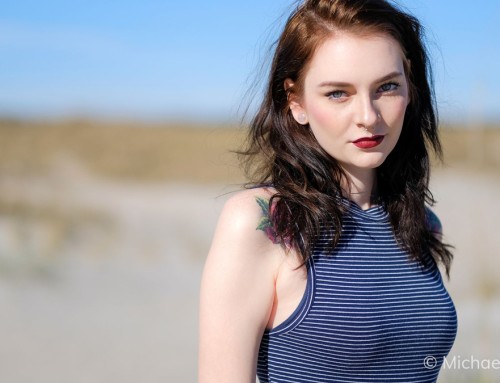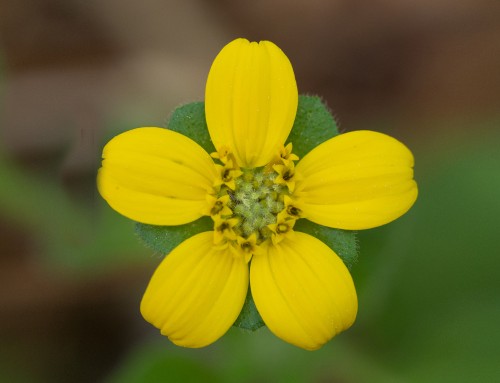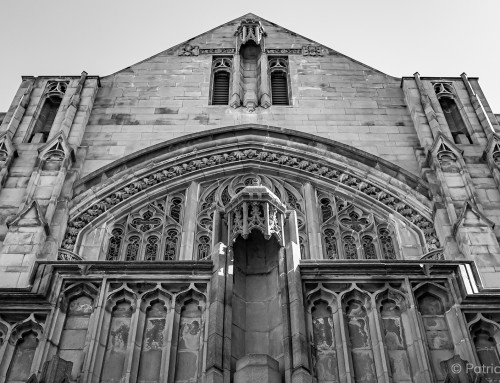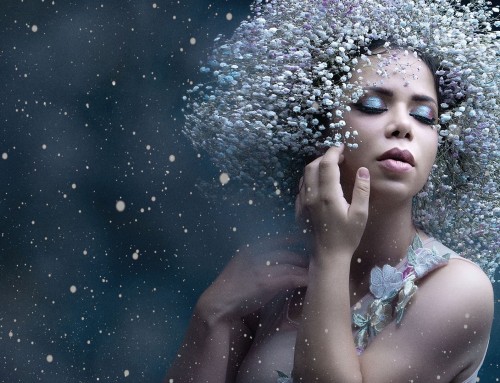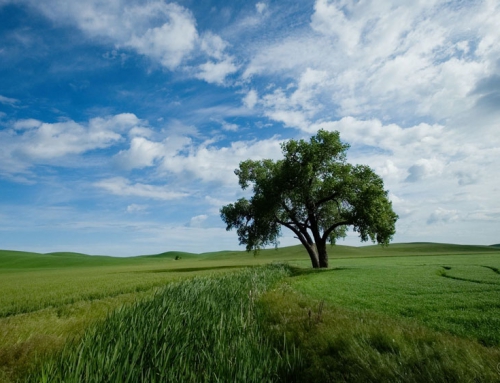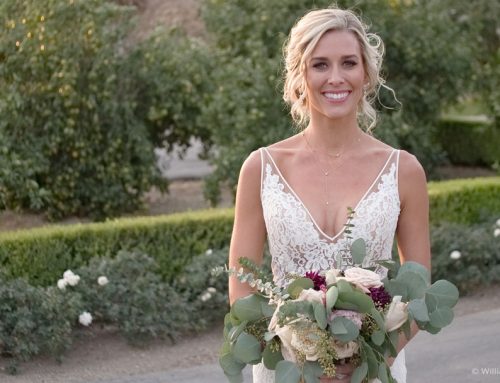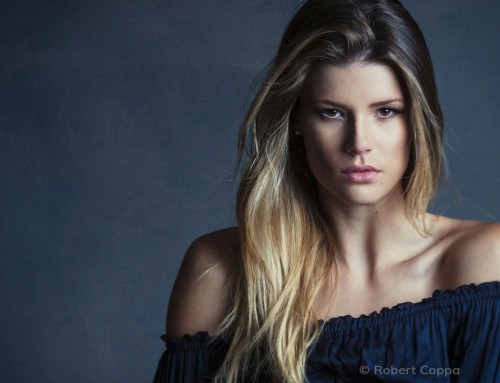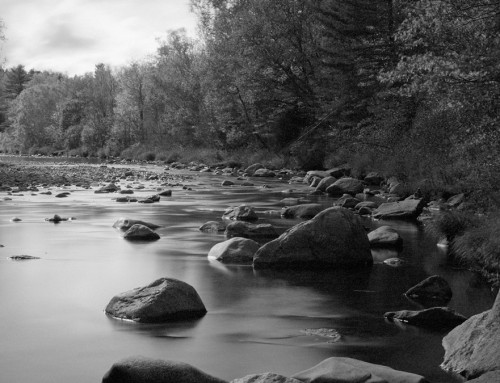A few small retouching tweaks in Exposure can do wonders for portraits. We made this video to show you how to remove imperfections, balance tones, and smooth skin texture.
Photo: Frank Salas
Transcript
Retouching Presets
Exposure has portrait retouching presets that apply several retouching effects in separate layers all at once. They free you from having to start from scratch for each image you retouch, which saves you time. After one of these multiple-layer presets are applied to your image, you can then use Exposure’s selection tools to control the application of each layer’s effects.
The Touch Up preset covers the retouching basics. It includes a layer for softening skin, one for enhancing the iris, and one for whitening teeth.
The next option is Touch Up + Background, which includes the three basic touch up layers and an additional layer that blurs and darkens the background which helps you easily draw attention to your subject.
The last option is the Touch Up + Red Eye preset. It includes the basic three touch up layers, and a layer with an effect that removes red eye.
Shiny spots
Bright highlights on skin is usually not wanted as it can result in a loss of detail. A few simple adjustments can recover it. For large areas of skin that are bright and shiny, create a mask using the color constraints for the main skin tone. This process is similar to how you would control skin smoothing effects. Refine the Luminance constraints to select only on the brighter values within the skin selection mask.
With the mask in place, make adjustments to the Highlights and Whites sliders to recover hidden details. Highlights will target lighter values, and Whites defines the true white in the image. These adjustments may only make gentile, and delicate changes to the photo, but they are just as important as stronger effects. Press the backslash key to visualize the effects and to dial-in the look.
Uneven tones
There are many reasons for uneven skin tones in portraits. Skin can show blotches when people are too hot, cold, if they have dry skin, or even if they are uncomfortable. When the unevenness of skin tones are distracting, reduce their impact with the HSL controls on the Color panel.
The process of fixing blotches is the same as when correcting bright spots. Create a layer to correct the skin tone’s color. To make the coloring easier to see, temporarily raise the Saturation slider on the Basic panel to give it more color while you make the selection. Use the color constraints to create a layer mask of the red spots with the hue eyedropper. Then, make adjustments to narrow the mask to the appropriate areas. And now set the Saturation back to normal.
Open the Color panel and use the Hue targeted adjustment tool. Click and drag to change yellow to reds. If the subject is flushed, consider reducing the saturation in specific tones.
Touch ups
Small distracting elements, like skin blemishes, are easily removed with the Spot Heal tool. When the Spot Heal panel is open, the Spot Heal brush cursor will appear when you hover over the image preview. Spot healing enables you to quickly remove distracting elements from your images.
Zoom in to an area in the photo where you want to make adjustments. Then, refine the brush to fully cover the feature you want to remove. For small blemishes, simply click to remove them. Exposure will intelligently choose a source area for the repair. You can easily reposition it if you’d rather select from a different area.
You can create as many regions as you want to touch up your photo. To heal larger areas, simply click and drag. You can always relocate the region Exposure chooses. Notice the hand icon, which indicates that the cursor is over a region you can move. To delete a region, right-click and select Delete from the menu, or you can select a region and press Backspace or Delete on the keyboard. Additionally, from the right-click menu you can set show outlines to Auto or Always. If my image is too crowded with all the displayed borders, I can switch to only Active, or to Never.
You can customize the appearance of spot healing regions by adjusting the Size, Feather, and Opacity sliders. Feathering adjusts how the healed area fades out around the edges. Opacity sets the transparency of the blend. Lower settings show more of the original area while higher settings completely cover it. Notice there are two sets of heal region controls. The top set of sliders control the active spot, and the bottom set of sliders control your next brush.
Each brush has two modes: Heal, which is mostly used for portrait retouching, and Clone, which is useful for areas with strong patterns like grass or trees. I’ll use it here to replace one of the crooked tassels on her cowl.

